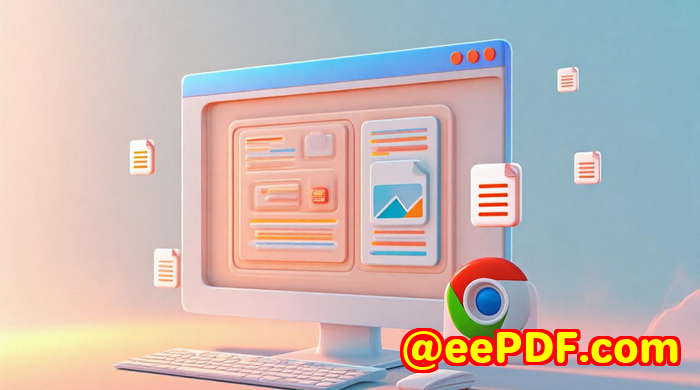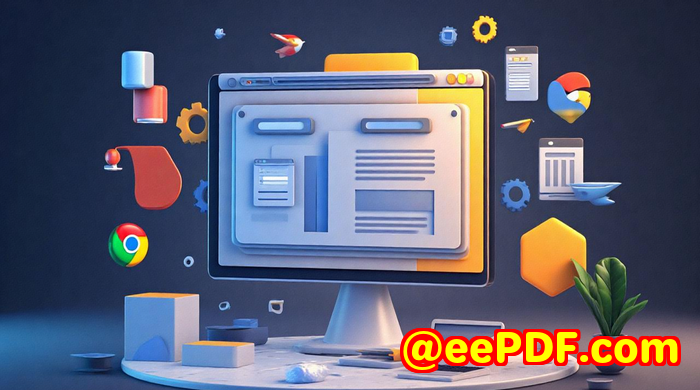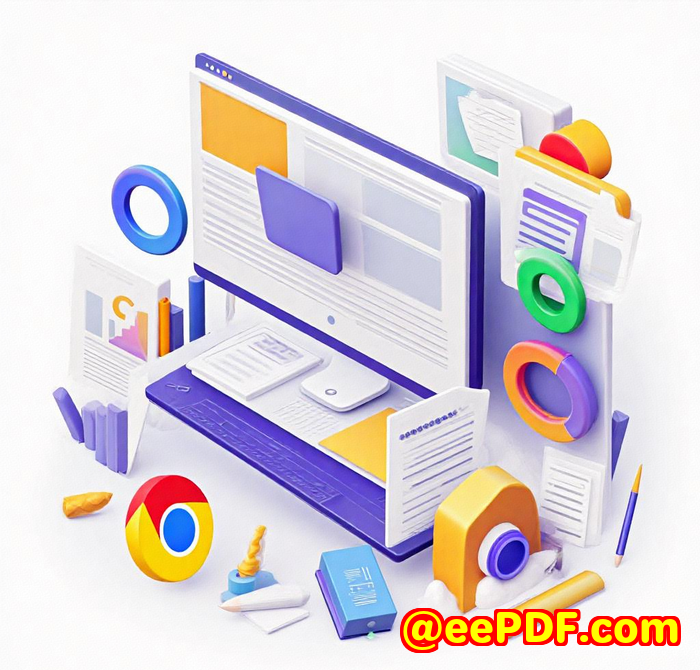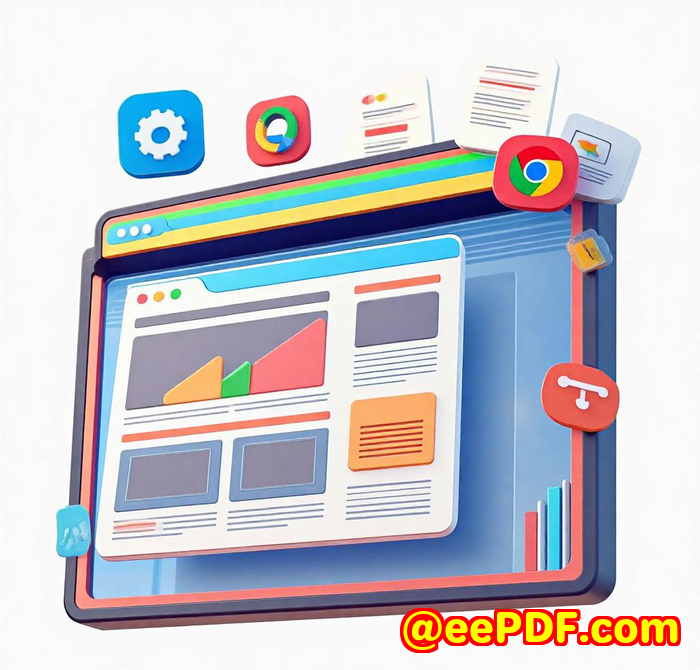How to Capture Full Page Screenshots with VeryPDF API That Supports Parallax and Lazy Loading Effects
How to Capture Full Page Screenshots with VeryPDF API That Supports Parallax and Lazy Loading Effects
Meta Description:
Learn how I use VeryPDF Website Screenshot API to capture full-page screenshots with lazy loading and parallax effects without browser hacks or plugins.
Every time I needed a clean full-page screenshot of a website, something always broke.
Parallax effects got chopped. Lazy-loaded images stayed invisible. Cookie banners covered up half the screen.
I tried browser extensions, headless Chrome scripts, even automation tools like Puppeteer all of them felt like duct-taping a leak. The more dynamic the website, the worse the output.
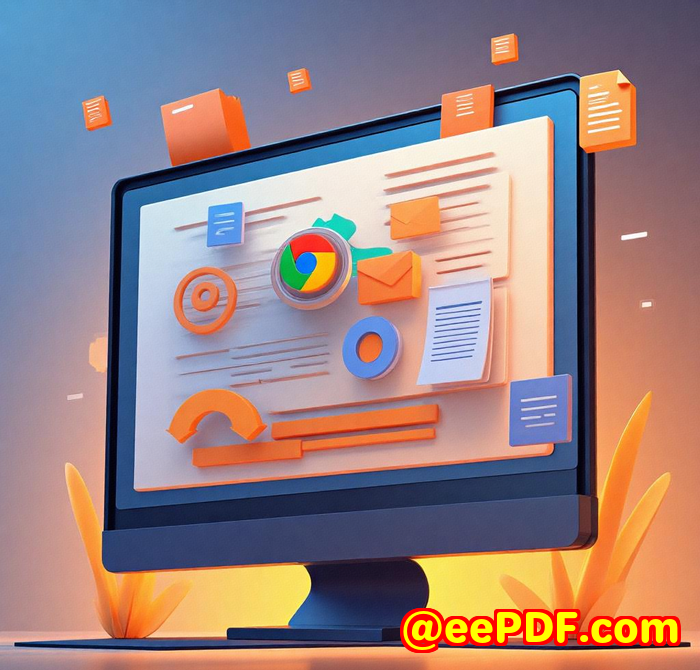
If you've ever tried to automate screenshots for modern sites you know the pain.
Whether you're building reports, documenting websites for clients, or storing visual archives screenshots shouldn't take hours or crash halfway through.
But they do. Especially when you're trying to handle scroll-triggered content or animated parallax effects.
So I stopped patching up half-broken tools and looked for something more solid.
That's when I found the VeryPDF Website Screenshot API.
Here's what I found and why I stuck with it.
I'll keep it straight.
I needed a tool that:
-
Captured exact replicas of full web pages, not just the visible viewport
-
Could wait for lazy loading content to appear
-
Wouldn't choke on parallax animations or JavaScript-rendered elements
-
Wasn't a nightmare to integrate with other apps
-
Didn't require spinning up my own rendering stack
And to be honest I didn't expect to find it.
But after testing VeryPDF's Website Screenshot API, it didn't just meet those needs it crushed them.
What is the VeryPDF Website Screenshot API?
It's a cloud-based screenshot tool you call from a URL and it renders any site you throw at it.
It supports:
-
Full-page screenshots
-
Parallax and lazy-loading
-
HTML5 video elements
-
SPA (Single Page Apps) and frameworks like React/Vue
-
Outputs in JPG, PNG, WebP, or PDF
-
Responsive and mobile views
-
Retina-quality capture with pixel ratios up to @3x
All of this is wrapped into a simple API that you can fire off with a GET request. Zero setup.
That means no browser drivers, no Linux dependencies, no managing headless Chrome.
Key Features That Actually Matter (And Why They Saved Me Hours)
1. Full Page Screenshot + Lazy Load Detection
You know how some sites only load images once they scroll into view?
Most screenshot tools snap the page before those images show up. You end up with blank boxes.
Not with VeryPDF.
Their API waits for the page to fully load, then takes the shot.
So if you're dealing with:
-
Infinite scrolling
-
Deferred image loading
-
Scripts that take a few seconds to finish
It handles it, no hacks needed. You don't need to write special wait scripts the API does it.
2. It Renders Parallax Effects Like a Human Browser
This one shocked me.
Parallax scrolling where different layers move at different speeds usually gets destroyed in screenshots.
Either they freeze mid-scroll or just disappear.
But when I ran a site built with ScrollMagic + GSAP animations through the VeryPDF API?
It captured it perfectly every layer, every depth shift, every offset.
The final screenshot looked exactly like what a user sees when scrolling through the site naturally.
3. Choose Your Output PDF, PNG, JPG, WebP
I've had clients ask for screenshots in different formats depending on use case:
-
PDFs for compliance reports
-
WebP for fast previews on mobile
-
JPGs for embedding into email templates
VeryPDF lets you choose exactly what you need.
And the image quality? Retina crisp, even when scaling to @2x or @3x device resolutions.
Real Talk: How I Use This in My Workflow
I built a simple internal tool for our marketing team.
They paste in a list of URLs, choose output format, hit "Go" and boom, the API returns screenshots to a shared S3 bucket.
Each file is named and stored automatically.
Takes less than 30 seconds to process a dozen pages.
Before this?
We were manually scrolling, taking screenshots, and stitching them together in Photoshop. Hours per week just to create documentation or campaign proofs.
Now?
-
No plugins
-
No local rendering
-
No Chrome automation crashes
It's 100% API-driven. Runs headless in the cloud. That's the kind of tool I trust to scale.
Who Needs This Tool?
You might think this is just for devs.
Nope.
Here's who actually benefits:
-
Marketing teams creating visual site audits
-
Legal departments capturing timestamped evidence of published content
-
SEO consultants who need full-page archive captures
-
Web devs documenting builds for portfolios
-
QA teams validating UI consistency across deployments
-
SaaS platforms that auto-generate PDFs of user pages
Basically, if you need accurate visual snapshots of modern websites, this tool earns its keep.
Why I Picked This Over Other Screenshot Tools
Open Source Solutions (like Puppeteer or Playwright)
I've tried them all.
Too fragile. Too slow. Tons of setup.
You need to handle:
-
Headless browser orchestration
-
Waiting for lazy load manually
-
Hosting and scaling infrastructure
Unless you're ready to babysit servers and write custom scripts for every edge case skip it.
Browser Extensions
They break on:
-
Long pages
-
Sites with sticky headers
-
Anything with dynamic loading
Also, they can't be automated at scale.
Other APIs
I tested a few big-name screenshot APIs.
But they struggled with:
-
Parallax rendering
-
Viewport control
-
Exporting to PDF with custom sizes
VeryPDF nailed all three.
Quick Tips to Get Started
-
Sign up here: VeryPDF Screenshot API
-
Your first 100 screenshots are free no credit card
-
Try out this basic request (replace your API key):
Want a 300x300 image? Just add:
Need to hide ads or cookie banners? It's built-in.
This Is a Time-Saver, Not Just a Tool
I'm not exaggerating I cut hours of busy work just by switching to this.
No more patching scripts. No more failed screenshots.
Just clean, full-page captures that actually reflect the real site.
I'd recommend this to anyone who needs full-page screenshots of modern, dynamic websites especially if lazy load or parallax are giving you grief.
Try it yourself here:
https://www.verypdf.com/online/webpage-to-pdf-converter-cloud-api/
Custom Development Services by VeryPDF
If your screenshot needs go beyond the basics, VeryPDF's team also offers custom-built solutions.
They can build:
-
Custom PDF and image converters for Linux, Windows, Mac, or servers
-
Virtual Printer Drivers for auto-generating PDFs or intercepting print jobs
-
OCR tools, barcode readers, and layout analysis engines
-
Document workflows with digital signatures, secure PDF handling, and API integrations
-
Monitoring tools using system-wide Windows hooks
They work with Python, PHP, C++, .NET, HTML5, and even embedded systems.
If you need custom behaviour chances are, they can build it.
Reach out via their support portal to get started:
http://support.verypdf.com/
FAQs
1. Can the API handle pages that require login?
Not directly but with custom proxies and sessions, it's possible via enterprise plans.
2. Does it support capturing mobile views?
Yes. You can define the viewport size and user-agent for mobile simulation.
3. How are lazy loading and animations handled?
The API waits for the page to fully load using automatic detection before capturing.
4. Can I hide specific elements like banners or popups?
Yes, you can pass parameters to block ads, hide cookie banners, or even remove image elements.
5. Is the API reliable for bulk screenshots?
Absolutely. It's built on AWS Lambda and scales to handle millions of requests per month.
Tags / Keywords
-
full page screenshot API
-
capture lazy loading website screenshot
-
website to PDF with parallax
-
VeryPDF Website Screenshot API
-
cloud-based screenshot tool for developers
